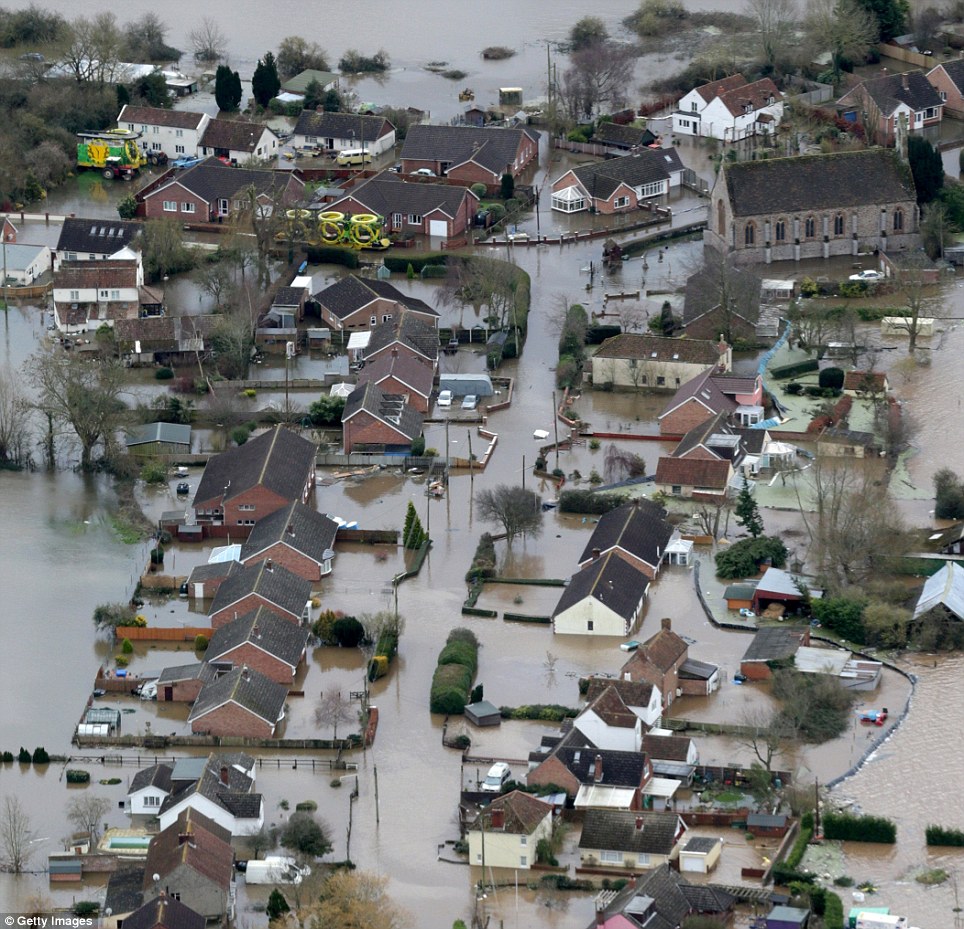
- 16 severe flood warnings remain in place - two in Somerset and 14 along the River Thames in Berkshire and Surrey
- More than 300 other flood warnings and alerts have been issued in the South East, South West and the Midlands
- Homeowners who've already had to evacuate their homes have pleaded for troops to stop looters raiding properties
- EA chief: 'Anyone who builds in a flood plain or buys a property in a flood plain needs to think about the flood risk'
The embattled Environment Agency chairman, who is a former Labour Cabinet minister, has risked fresh controversy over his comments.
He said: 'Anyone who builds in a flood plain, anyone who buys a property in a flood plain, needs to think about the flood risk.'
David Cameron, who is struggling to contain a Cabinet war over the official response to the floods, has refused to rule out sacking Lord Smith.
He pledged 'no restraints' on disaster spending as Labour accused ministers of 'fighting like rats in a sack' in an unedifying blame game with the EA.
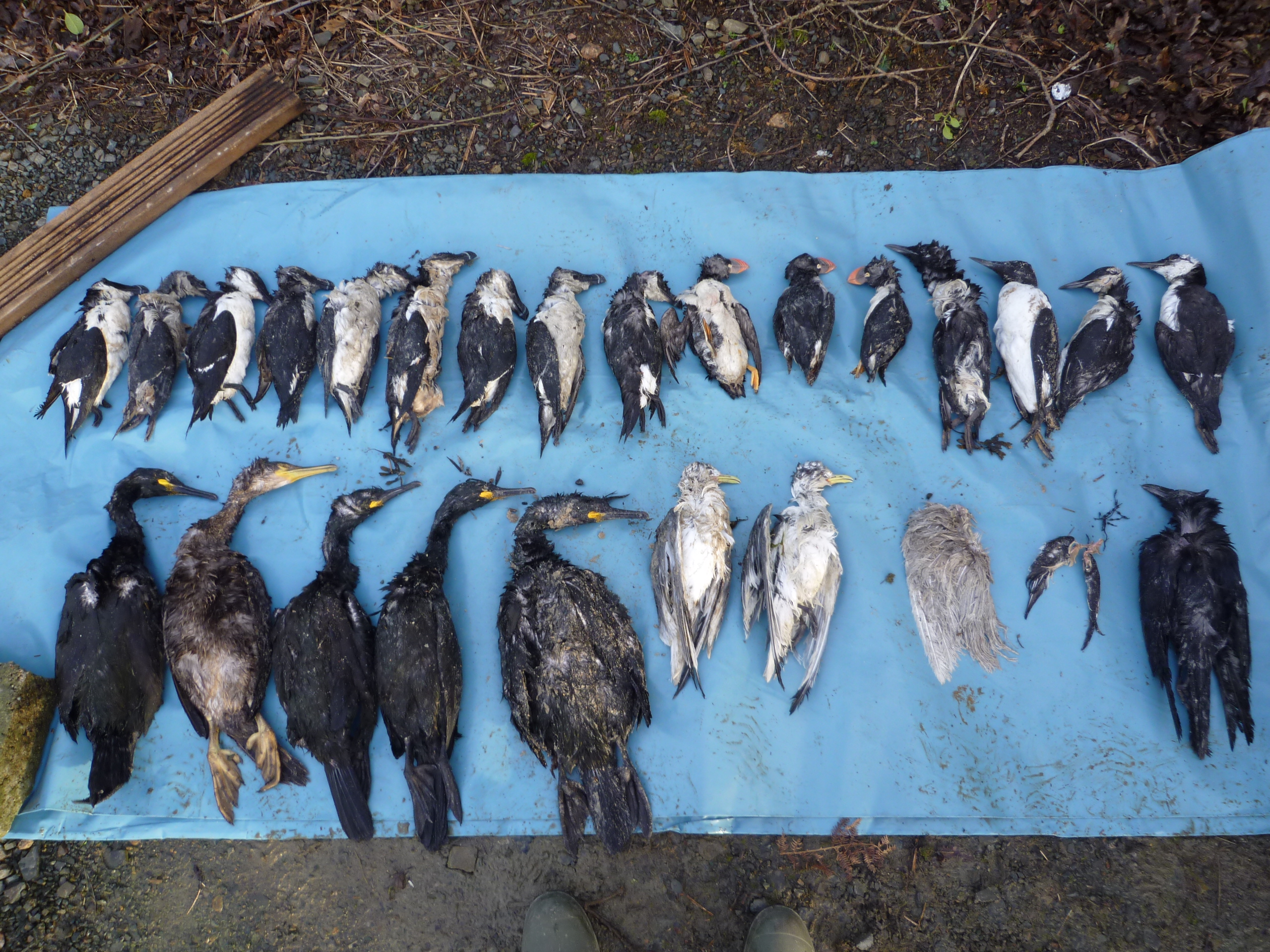
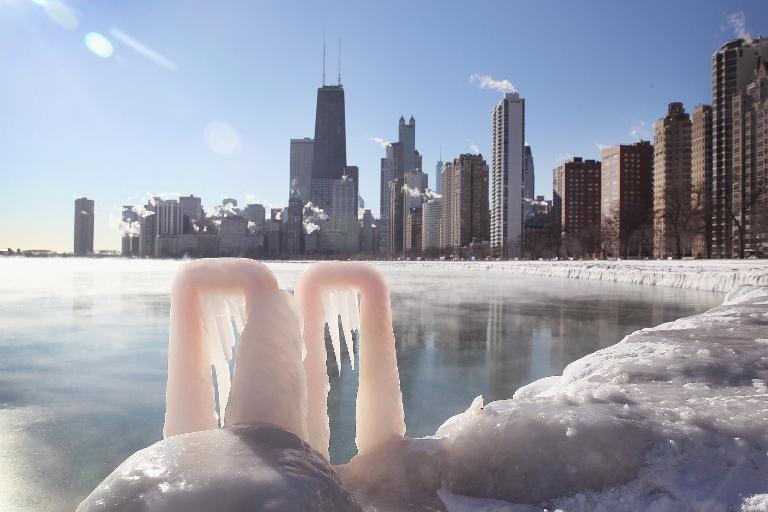



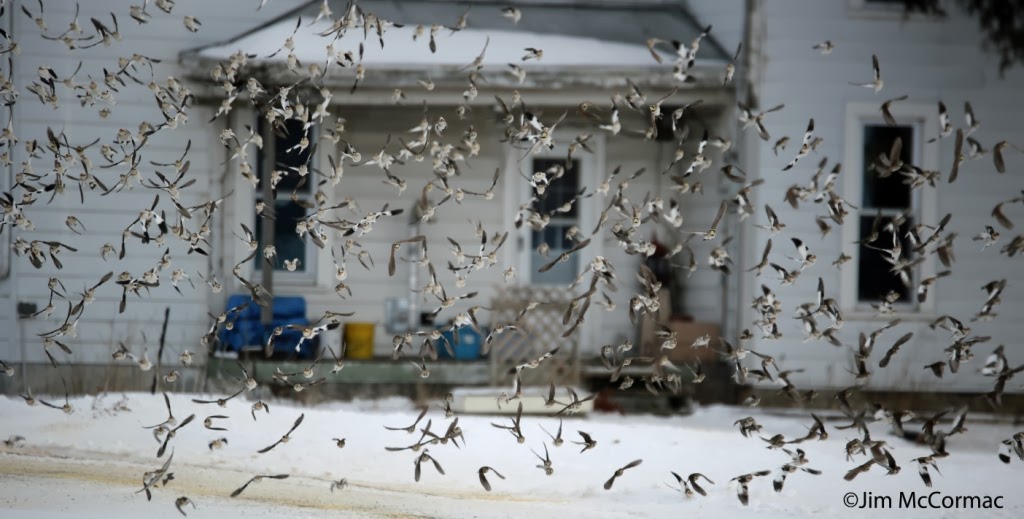
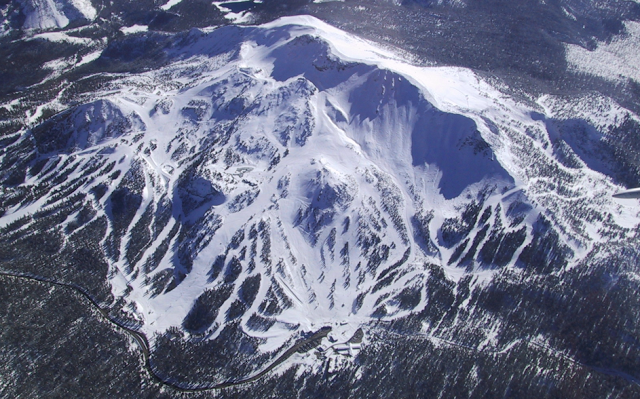
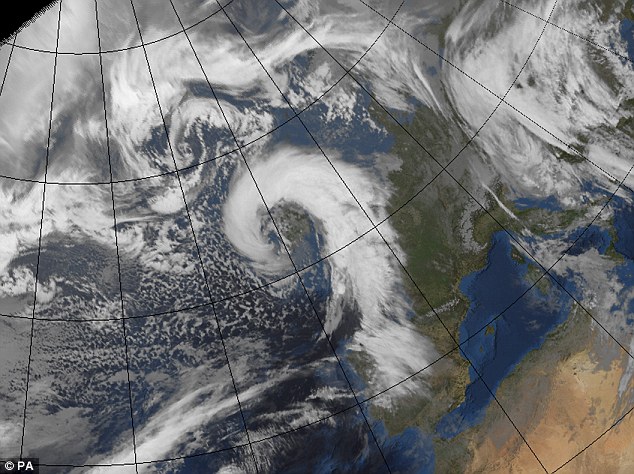

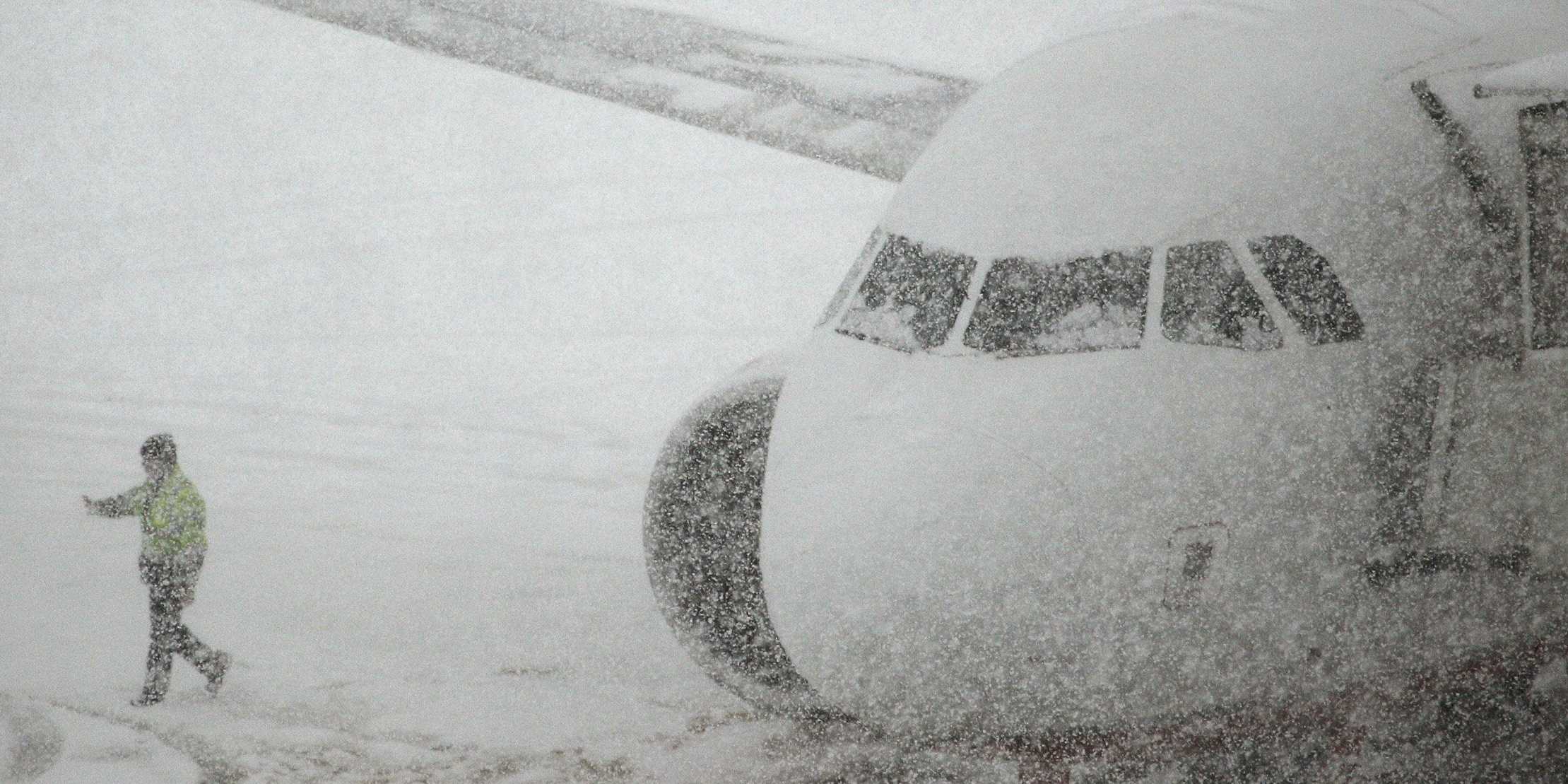



Comment: Melting Ice caps?. Readers may be interested in the following articles.
CryoSat shows Arctic sea ice volume up 50% from last year
How the global warming whopper is being buried under a jillion pounds of Arctic ice